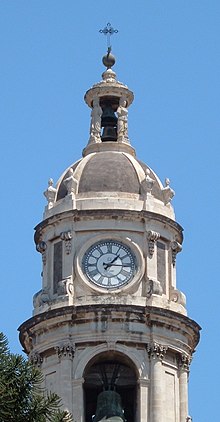November 25, 2012
1910 Fire Insurance Map
PosthumousBaptist Church-1908
North Vancouver, B.C. Canada
The Baptist Church was the fourth church to be built in North Vancouver.
First was St. Paul's Catholic Church on Native Lands in 1886. Next was St. John the Evangelist Anglican Church (See Blog Post September 9, 2012.) on West 13th Street in 1900. Then St. Andrew's Presbyterian Church (See Blog Post November 18, 2012.) on East Keith Road in 1904. And in December 1908 the Baptist Church on east 5th Street. (REF 1 page 16.)
By this time, 1908, North Vancouver had a newspaper, The Express-1906, gas street lighting-1905, and a street car-1905. (REF 1.)
The 1910 Fire Insurance Map (pictured above) shows the exact location as north side of East Fifth Street (#2) and west of St. George's Avenue. This is just two blocks south of St. Andrew's Presbyterian Church.
The 1909 and 1910 City Directories at the North Vancouver Archives lists the address as " 5th and corner St. Georges. The pastor for these years is noted as being Rev. David Long. In 1911, the last listing, the address in the City Directory is the same listing and the pastor was the Rev. C. Blunden. The diagram shows that the the church was "13' to the eaves".
In 1912 the Baptist church is listed as being at the "sw corner 12th & St. Georges". (See Blog Post October 28, 2012.)
Reference 1: Wm. Stott, The Early Story of North Vancouver,
and Art" notes, 2nd series, vol.1; 2 March 1950.
Reference 2: 1910 Fire Insurance Map of North Vancouver, North Vancouver
Archives.
Note: Blog Post of the Baptist Church at East 12th Street is at 1/28/12.
Prayer
God, be with the persecuted Christians through out the world. Amen








